When it comes to creating a standout online presence, the power of a well-crafted ecommerce web design cannot be overstated. For businesses aiming to captivate their audience and drive conversions, a thoughtfully designed ecommerce website is essential. However, finding the perfect ecommerce web design inspiration can often feel overwhelming, especially with countless resources and templates available. Whether you’re looking for free ecommerce web design inspiration or seeking professional guidance, this article dives into the top resources and examples that can transform your approach. From discovering top 10 e-commerce websites to exploring webshop examples, we’ll walk you through the best strategies to inspire your next project. By leveraging these insights, you’ll gain the confidence and skills needed to create a successful ecommerce website that truly stands out in the competitive landscape.
Key Takeaways
- Seamless Navigation: Ensure intuitive navigation for easy product discovery and category access.
- Responsive Design: Create a mobile-first layout that enhances user experience across devices.
- Fast Performance: Optimize images and code for quick loading times, boosting SEO and user satisfaction.
- Visual Appeal: Use high-quality visuals and consistent branding for a professional look.
- Secure Checkouts: Implement SSL and multiple payment options to build trust.
- Personalized Experiences: Offer tailored recommendations and dynamic product displays.
- Clear CTAs: Use persuasive language and streamlined processes to encourage purchases.
- SEO Best Practices: Optimize metadata and product pages for better search visibility.
- Mobile Optimization: Prioritize mobile responsiveness to tap into the mobile shopping trend.
- Inspiration Sources: Utilize design platforms and tools to stay ahead in web design trends.
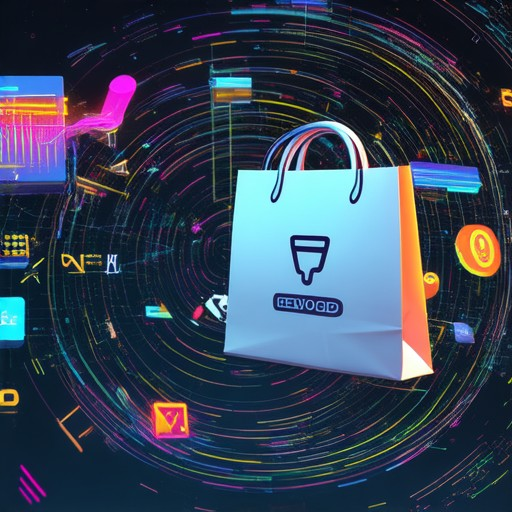
Where to Find the Best Ecommerce Web Design Inspiration
Looking for the best places to find ecommerce web design inspiration? Here are some top resources that can help you create a stunning online store:
- Shopify : Known for its extensive collection of professional templates and customizable themes, Shopify is a great starting point for anyone looking to build a visually appealing online store. Their platform also offers tools for creating unique designs.
- Big Cartel : Specializing in sustainable and eco-friendly stores, Big Cartel provides a variety of unique and artistic web design options perfect for unconventional businesses.
- Squarespace : Squarespace combines simplicity with style, offering elegant templates that are ideal for small businesses and creatives seeking a clean and modern look.
- Behance : As part of Adobe’s Creative Cloud, Behance is a hub for designers to showcase their work. Browsing through their portfolio can give you endless ideas for your ecommerce site.
- Dribbble : Another top design community, Dribbble features high-quality web and graphic designs. It’s a great place to find inspiration for modern and trendy layouts.
- GitHub : While primarily a coding platform, GitHub hosts many open-source projects, including some excellent examples of minimalist and responsive web designs.
- Pinterest : Pinterest is a visual treasure trove, with countless pins showcasing everything from product showcases to landing page designs. Create a board dedicated to ecommerce inspiration and watch your creativity soar!
- Instagram : Many designers and businesses share their store setups and branding ideas on Instagram. Following niche accounts can give you a wealth of visual inspiration.
- Design Blogs : Websites like Smashing Magazine and CSS-Tricks regularly feature articles on the latest web design trends. Subscribing to these blogs ensures you stay updated on the most innovative designs.
By exploring these resources, you’ll gain a wealth of knowledge and ideas to transform your ecommerce store into something truly special. Whether you’re looking for a specific style or just want to stay ahead of the curve, these platforms have got you covered!
How to Find the Best Resources for Ecommerce Web Design Inspiration
Finding the best resources for ecommerce web design inspiration requires a strategic approach to ensure you get a variety of styles, trends, and practical examples. Here’s a step-by-step guide to help you discover the most valuable resources:
1. Explore Leading Design Platforms
Start by visiting leading design platforms that showcase a wide range of ecommerce web designs. These platforms often feature user-generated content, professional designs, and detailed case studies.
- Dribbble : Known for its high-quality design showcases, Dribbble is a great place to find inspirational ecommerce designs. Explore Dribbble
- Behance : Another excellent platform for discovering creative work, Behance hosts a vast library of ecommerce website designs and UI/UX projects. Explore Behance
- Adobe Spark : Adobe’s Spark platform offers a collection of web design inspirations, including ecommerce layouts and branding ideas. Explore Adobe Spark
2. Utilize Video Tutorials and Guides
Video tutorials are an excellent way to learn from experts and see how designs are implemented step-by-step. Look for channels that specialize in web design and ecommerce:
- YouTube Channels : Channels like WebDesignFix and Ecom Web Design provide detailed tutorials on creating effective ecommerce websites. Visit WebDesignFix
- LinkedIn Learning : This platform offers courses on web design, including ones focused specifically on ecommerce. Explore LinkedIn Learning
3. Check Out Case Studies and Blog Posts
Reading case studies and blog posts can give you insights into successful ecommerce designs. Many design agencies publish detailed accounts of their projects:
- Smashing Magazine : A trusted source for web design news and analysis, Smashing Magazine frequently publishes articles on current trends in ecommerce design. Visit Smashing Magazine
- Shopify Web Design Blog : Shopify’s blog is a great resource for learning about the latest trends and best practices in ecommerce web design. Explore Shopify Blog
4. Join Online Communities
Engaging with online communities can provide valuable insights and feedback on your designs. Some recommended communities include:
- Reddit : Subreddits like r/webdesign and r/ecommerce have active discussions on design trends and resources. Visit Reddit
- Facebook Groups : There are numerous groups dedicated to web design and ecommerce, such as Web Designers Hub . Join Web Designers Hub
5. Follow Design Influencers
Following influential designers and thought leaders on social media can keep you updated on the latest trends and resources. Some notable influencers include:
- Aaron Alexander : Known for his expertise in web design and typography. Follow Aaron Alexander on Twitter
- Maria Rozario : A leading designer who shares insights on modern web design practices. Follow Maria Rozario on Instagram
6. Use Design Tools and Frameworks
Exploring popular design tools and frameworks can also provide inspiration and practical implementations. Some tools to consider include:
- WordPress Themes : Platforms like WordPress offer a wide range of premium and free themes suitable for ecommerce websites. Explore WordPress Themes
- Premium Theme Collections : Websites like ThemeForest offer high-quality themes for various niches, including ecommerce. Visit ThemeForest
7. Attend Web Design Events and Meetups
Attending local or virtual events and meetups can connect you with other designers and provide opportunities to learn and network. Events like Web Design Week often feature sessions on ecommerce design:
- Meetup Groups : Search for web design meetups in your area or online. Find Web Design Meetups
- Virtual Conferences : Events like Global Design Conference offer educational sessions and networking opportunities. Explore Global Design Conference
8. Leverage Freelancer Platforms
Freelancer platforms like Upwork and Fiverr connect you with experienced designers who can provide custom web design solutions and insights:
- Upwork : Connect with freelance designers who specialize in ecommerce web design. Visit Upwork
- Fiverr : Find freelancers offering web design services, including full-stack solutions for ecommerce. Explore Fiverr
9. Use Email Newsletters
Subscribe to newsletters from design agencies and platforms to stay updated on new resources and trends:
- Email Lists : Sign up for newsletters from Dribbble , Behance , and other platforms to receive updates on new design resources. Sign Up for Dribbble Newsletter
10. Experiment and Iterate
Don’t hesitate to experiment with different designs and iterate based on user feedback. Start with a basic layout and gradually refine it by incorporating elements from the resources you’ve explored.
By systematically exploring these resources and staying engaged with the design community, you’ll gain a wealth of knowledge and inspiration to create a standout ecommerce web design.
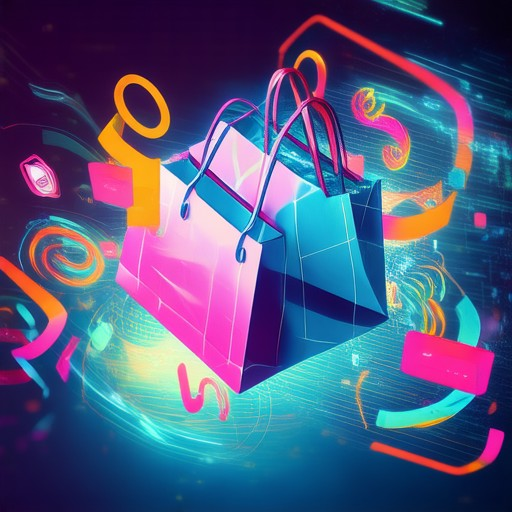
Top Resources for Finding Ecommerce Web Design Inspiration
Elevate your ecommerce web design with these top resources that inspire creativity and innovation.
- Pinterest : Explore curated collections of ecommerce product pages and design ideas. Follow boards dedicated to web design and online shopping.
- Instagram : Discover visually stunning product showcases and branding ideas from leading ecommerce platforms and designers.
- Behance : A hub for web and graphic design projects, offering a wealth of inspiration for modern ecommerce interfaces.
- Dribbble : Connect with global designers and explore cutting-edge web design concepts tailored for online stores.
- YouTube : Watch video tutorials and case studies showcasing successful ecommerce website designs and UI/UX implementations.
- Reddit : Engage with active communities like r/webdesign or r/ecommerce to gain insights and see real-world examples of effective designs.
- Awwwards : Recognized for their exceptional web design work, Awwwards showcases award-winning ecommerce and web design projects.
- Webflow Showcases : Explore a collection of professional-grade websites built with Webflow, many of which are in the ecommerce niche.
- Shopify Web Design : Visit Shopify’s web design showcase to see how top developers and designers create beautiful online stores.
- Big Cartel : Check out Big Cartel’s design gallery for a variety of creative approaches to building and styling online shops.
For even more inspiration, visit our web design resources hub to discover additional tools and guides tailored for ecommerce success.
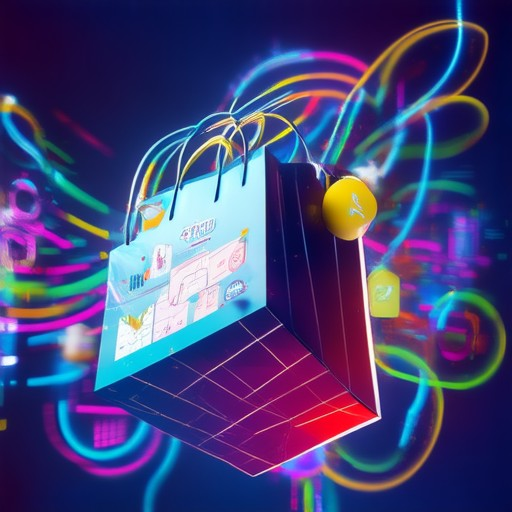
What Makes a Great Ecommerce Web Design?
An exceptional ecommerce web design combines functionality, aesthetics, and user experience to create a seamless and engaging shopping environment. Below are the key elements that define a successful ecommerce design:
- Intuitive Navigation : A great design ensures users can easily find products, categories, and information. Clear and logical navigation reduces friction and improves conversion rates.
- Responsive Layout : With the rise of mobile shopping, a responsive design adapts to different screen sizes, ensuring a smooth experience across devices. Mobile-first indexing is also critical for SEO.
- Fast Loading Times : Slow-loading sites frustrate users and harm SEO. Optimize images, leverage browser caching, and minimize code bloat to ensure quick load speeds.
- Visual Appeal : High-quality images, consistent branding, and a cohesive color scheme create a professional look. Visual storytelling can also enhance the shopping experience.
- Secure Checkout Process : A secure and straightforward checkout system builds trust and reduces cart abandonment. Implement SSL certificates and offer multiple payment options.
- Personalized Experiences : Tailored recommendations and dynamic product displays increase engagement. Personalization tools like wishlists and account profiles enhance user loyalty.
- Clear Call-to-Action (CTA) : Prominent CTAs guide users toward completing purchases. Streamline the checkout process and use persuasive language to encourage actions.
- SEO Optimization : Proper meta tags, alt text, and schema markup improve search engine visibility. Product page titles and descriptions should be optimized for relevant keywords.
- Trustworthy Design : Display third-party security badges and customer reviews to build credibility. Transparent return policies and reliable customer support also foster trust.
- Mobile-Friendly Design : Ensure the design is fully responsive, with touch-friendly buttons and a mobile-optimized layout that prioritizes product views and checkout.
By focusing on these elements, businesses can create a web design that not only attracts visitors but also drives conversions and fosters long-term customer relationships.
Effective Ways to Find Ecommerce Web Design Inspiration
Finding ecommerce web design inspiration involves leveraging various resources and platforms to discover fresh ideas and stay ahead in the competitive landscape. Here are some proven methods:
- Explore Design Inspiration Platforms : Websites like Dribbble , Behance , and Adobe Spark are excellent sources for discovering cutting-edge ecommerce web designs. These platforms showcase a variety of layouts, color schemes, and user experiences.
- Engage with Social Media Communities : Follow leading ecommerce brands on platforms like Instagram and Pinterest . Use hashtags such as #EcommerceDesign, #WebDesignInspiration, and #ModernEcommerce to uncover creative ideas and trends.
- Join Online Communities and Forums : Participate in forums like Reddit’s Web Design Community and Stack Overflow . These spaces allow you to connect with designers, ask questions, and share your own work for feedback and inspiration.
- Utilize Free and Paid Tools : Tools like Canva and Figma offer templates and design assets that can jumpstart your project. For more advanced needs, consider premium tools like Adobe Photoshop and Sketch .
- Stay Updated on Design Trends : Use resources like TrendWatching and Google Trends to identify emerging trends in web design. Additionally, follow popular design blogs and newsletters to stay informed about the latest innovations.
- Visit Case Study Websites : Websites such as Case Study Websites and UXDesign.cc feature real-world examples of successful ecommerce designs. Analyzing these can provide valuable insights into what works and doesn’t work in practice.
By combining these strategies, you can efficiently find ecommerce web design inspiration that aligns with your brand and audience needs. Remember to engage with the community, experiment with new tools, and stay curious about emerging trends to continuously improve your designs.
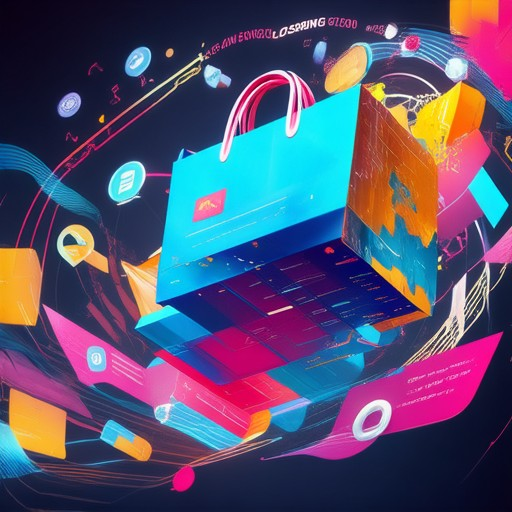
Key Elements of a Successful Ecommerce Web Design
An effective ecommerce web design combines aesthetics, usability, and functionality to create a seamless shopping experience. Here are the essential components that contribute to a successful design:
- User Experience (UX):
A great user experience ensures visitors can easily navigate your site, find products, and complete purchases. Smooth navigation, intuitive product categorization, and a responsive layout are critical for engagement. - Navigation:
Clear and logical navigation helps users quickly locate products or categories. Implement a robust menu system, product filters, and a search bar to enhance usability. - Product Presentation:
High-quality product images, detailed descriptions, and interactive features like zoom and 360-degree views can significantly influence purchase decisions. Use video demos for complex products. - Checkout Process:
A streamlined checkout process reduces friction and cart abandonment. Simplify steps, offer multiple payment options, and include trust-building elements like security badges and clear return policies. - Mobile Responsiveness:
With over half of online shopping done on mobile devices, ensure your site is fully responsive. Optimize images, buttons, and layouts for smaller screens. - Visual Identity:
Consistent branding, typography, and color schemes reinforce your brand identity. Use high-quality logos and consistent spacing to create a cohesive look. - Secure Payment Gateway Integration:
Trust is crucial. Integrate secure payment methods and display trust badges to reassure customers of your site’s safety. - Customer Reviews and Ratings:
Display genuine customer reviews and ratings to build credibility. Allow customers to filter reviews by star rating or category. - Marketing Tools:
Incorporate email sign-ups, personalized product recommendations, and upselling/cross-selling features to increase conversion rates. - Regular Updates and Maintenance:
Keep your site updated with the latest design trends, product additions, and security patches to stay competitive and protect your users.
By focusing on these elements, you can create a web design that not only attracts visitors but also drives conversions and fosters customer loyalty.
Competitor Mention (Shopify)
For a comprehensive understanding of ecommerce web design , visit Shopify to explore their award-winning platform and learn from their successful designs.
Competitor Mention (WooCommerce)
WooCommerce offers powerful plugins and themes that can enhance your ecommerce web design with customizable solutions tailored to your business needs.
Competitor Mention (Big Cartel)
Big Cartel provides a user-friendly platform that simplifies ecommerce web design while offering unique features like built-in marketing tools and inventory management.
Competitor Mention (Wix)
Wix offers drag-and-drop tools that allow small businesses to create stunning ecommerce web designs without coding, making it accessible for everyone.
Competitor Mention (Squarespace)
Squarespace combines elegant design with powerful ecommerce capabilities , offering templates that help you create a professional online store quickly.
Competitor Mention (Magento)
Magento is ideal for larger businesses with its scalable ecommerce web design solutions, featuring advanced customization options and robust marketing features.
Conclusion
A successful ecommerce web design is a balance of creativity and functionality. By prioritizing user experience, mobile responsiveness, and secure transactions, you can create a platform that resonates with your audience and drives growth.
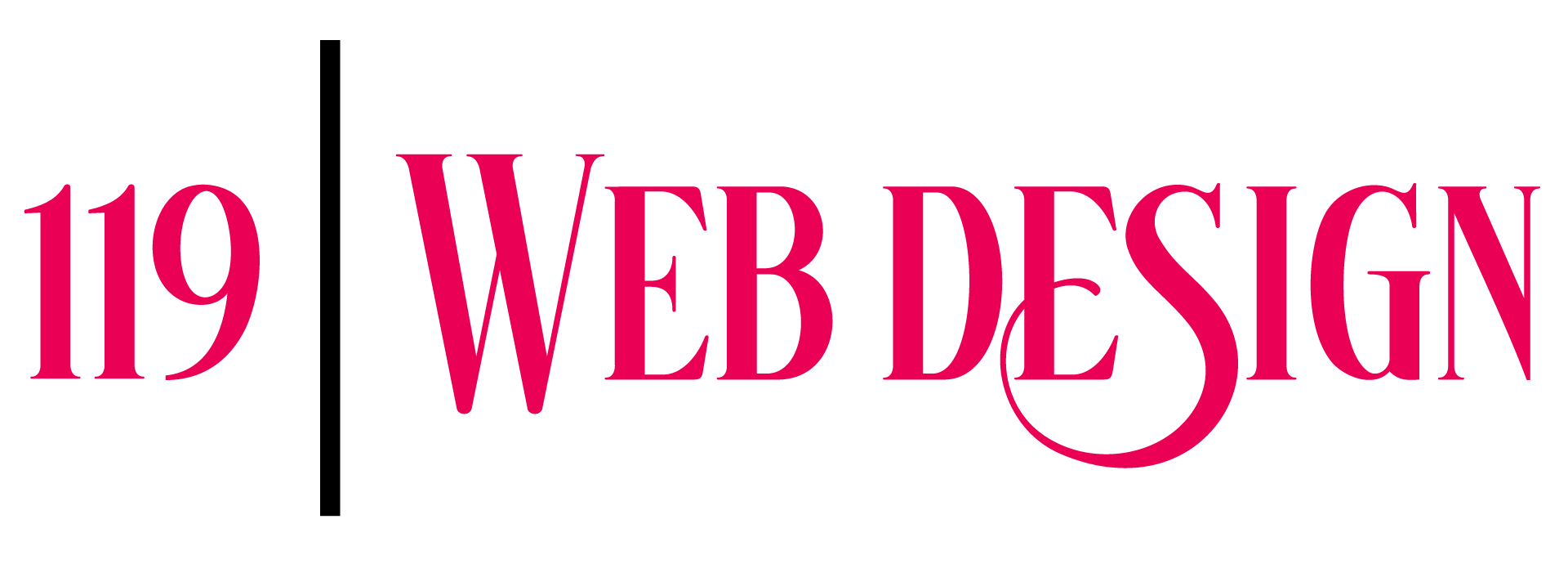

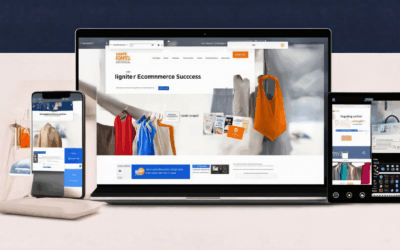
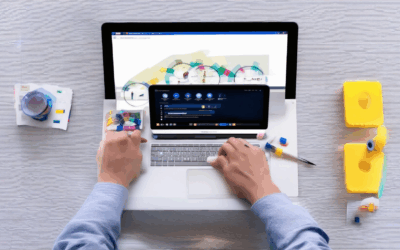
0 Comments